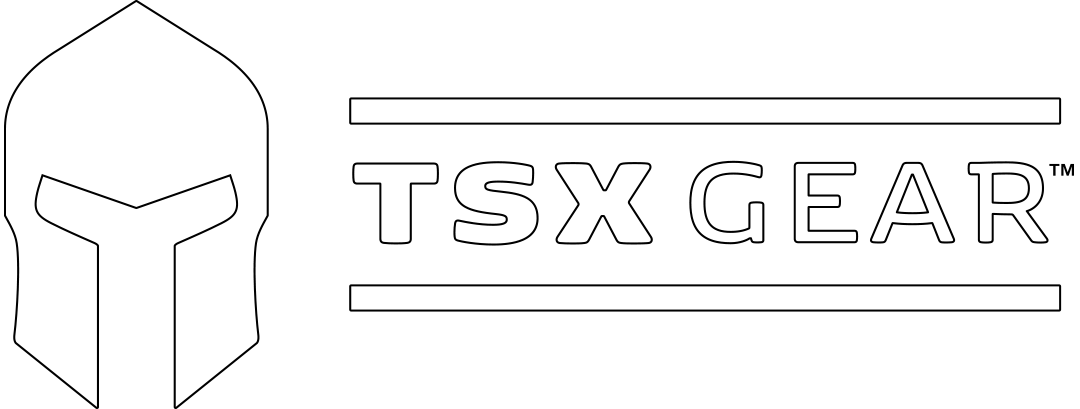In the fast-paced world of industrial operations, ensuring worker safety is paramount. Personal protective equipment (PPE) is vital in maintaining a safe work environment. However, many companies overlook the financial impact of their PPE and consumables' buying. This leads to hidden costs that can add up over time.
A yearly spend analysis on industrial safety products can uncover these inefficiencies. It can highlight big cost-saving opportunities and ensure the best employee protection. It can also simplify buying and enhance budget accuracy. Additionally, it will boost your profits.
The High Cost of PPE Mismanagement
Mismanagement of PPE procurement can have far-reaching consequences, both financially and operationally. The National Safety Council states that workplace injuries cost U.S. businesses over $170 billion every year. They cause medical expenses, lost productivity, and legal fees. Improper or inadequate PPE is a major factor contributing to these costs that lead to:
1. Financial Waste: Companies often waste money due to a lack of standard purchasing processes. These processes lead to inflated costs. Without a full PPE cost analysis, it’s hard to find bulk buying opportunities. Or, to get better terms from suppliers. Or, to cut redundant products. Deloitte reports that inefficient procurement practices can inflate costs by up to 15%.
2. Operational Inefficiencies: Inconsistent PPE supply can disrupt workflows and reduce productivity. When workers lack the right PPE, they delay tasks. They also risk safety. Ensuring a steady supply of high-quality industrial safety products is key. They are essential for smooth and safe operations.
3. Compliance Risks: Not providing enough PPE endangers workers. It also exposes companies to fines and legal liabilities. OSHA imposes stringent requirements on PPE standards. Not following the rules can lead to fines of $13,653 per violation. The fines can add up quickly if inspections find systemic issues.
4. Hidden Costs: PPE mismanagement has costs beyond the obvious financial and operational impacts. These include higher turnover and lower morale. Workers who feel unsafe or undervalued are more likely to leave. This leads to higher recruitment and training costs.
The Challenges of PPE Spend Analysis
Analyzing PPE costs is hard. This is especially true for large industrial companies. Many organizations struggle to assess and manage PPE costs. This is because of various factors:
1. Data Fragmentation: Data Fragmentation is common in PPE procurement. It involves many vendors, departments, and locations. This makes the data scattered and inconsistent. This fragmentation makes it difficult to compile a comprehensive view of total spend. A Deloitte survey reveals: 60% of procurement leaders cite data problems. They say these problems are big barriers to spend analysis.
2. Lack of Standardization: Without standardized processes and systems, inconsistencies arise. They affect how PPE spend data is recorded and categorized. Departments use different terms and methods. This makes data consolidation and analysis difficult. It hinders accurate spending tracking and cost reduction.
3. Limited Resources: Many organizations lack the internal resources necessary for detailed spend analysis. Procurement teams are often stretched thin. They focus on daily operations, rather than strategy. The Hackett Group reports that 73% of procurement leaders see a lack of resources as a significant challenge.
4. Complex Supply Chains: Supply chains are often complex. They make spending analysis harder for industrial companies. Suppliers have many tiers and varying lead times. This makes tracking and managing PPE costs complicated. It hides opportunities for savings and efficiencies.
5. Technology Gaps: A significant challenge is the gap in technology adoption. Many companies still rely on old systems or manual processes. They are not equipped for modern spend analysis. Investing in advanced PPE tracking software and analytics tools is crucial. They help you gain insights and make data-driven decisions.
Benefits of a Comprehensive PPE Spend Analysis
Undertaking a comprehensive PPE spend analysis offers numerous advantages for industrial companies. By examining PPE spending, organizations can unlock significant savings. They can also improve worker safety and streamline procurement.
1. Cost Savings: Detailed PPE cost analyses identify cost-saving opportunities. They do this by revealing patterns and inefficiencies in purchasing. For instance, companies can negotiate better prices with suppliers. They do this by combining orders or using bulk discounts.
2. Improved Budgeting and Forecasting: PPE spending clarity helps companies make better budgets and forecasts. This insight allows better resource allocation. It ensures that funds are available when needed. Accurate budgeting also helps avoid overstocking or stockouts. It optimizes inventory levels and reduces carrying costs.
3. Better Supplier Relationships: By analyzing PPE spend data, companies can find their best suppliers. These suppliers are both reliable and cost-effective. Building better relationships with these key suppliers can lead to improved terms. It can also lead to faster delivery times and better service. Working with suppliers makes supply chains stronger. This is crucial for keeping operations running during disruptions.
4. Increased Compliance and Risk Management: PPE spend analysis ensures that purchases adhere to safety rules and standards. By tracking spend data, companies can ensure that only approved PPE is purchased. This minimizes the risk of using bad or non-compliant products. This proactive approach enhances worker safety and reduces potential legal liabilities.
5. Data-Driven Decision Making: Comprehensive spend analysis provides actionable insights that drive informed decision-making. Data analytics helps companies identify trends. They can also predict future needs and make smart procurement choices. This data-driven approach enables procurement teams to be more agile and responsive. It allows them to adapt to changing markets effectively.
6. Operational Efficiency: Streamlining PPE procurement through spend analysis reduces work. It also cuts inefficiencies. Automated tools can save time and resources by collecting and analyzing data. They enable procurement teams to focus on strategy, rather than manual data entry.
7. Sustainability and CSR: Analyzing PPE spending helps achieve sustainability goals. It identifies opportunities to reduce waste and purchase eco-friendly products. Companies can select suppliers that prioritize sustainable practices. This minimizes their environmental footprint and supports corporate social responsibility (CSR) initiatives.
Essential Tools for Accurate PPE Spend Analysis
To analyze PPE spending accurately, you need several key tools in order to make the process easier and provide exact insights. Here are the key tools and methods that industrial companies can leverage to streamline their operations:
1. Spend Analysis Software: Modern spend analysis software, such as Coupa or SAP Ariba, can aggregate and analyze procurement data. These tools help combine data from multiple sources. They identify spending patterns and provide useful insights.
2. Data Cleansing Tools: Accurate analysis hinges on clean data. Tools like Trifacta or Talend are vital for data cleansing. They ensure that all records are accurate, consistent, and free from duplication. Clean data forms the foundation of reliable spend analysis.
3. Inventory Manage Systems: Inventory Management Systems can help companies track PPE usage in real-time. They do this by integrating spend analysis with systems like Oracle Inventory Management. This integration clearly shows demand. It helps align procurement with actual needs.
4. Supplier Performance Management Tools: Monitoring supplier performance is crucial for managing PPE spend. Tools like Jaggaer or GEP SMART can track supplier performance metrics. They ensure that companies receive the best value for their investments. They also maintain strong supplier relationships.
5. Cost-Benefit Analysis Tools: Tools such as Minitab or Costimator enable companies to conduct detailed cost-benefit analyses. The tools aid in evaluating the financial implications of PPE procurement decisions. They guarantee that companies select the most cost-effective options without compromising safety.
6. Custom Reporting Solutions: Custom reporting solutions are often part of ERP systems, such as Microsoft Dynamics. They allow companies to create custom reports. These reports offer insights into PPE spend. They identify areas for reducing costs and improving efficiency.
Conclusion
A complete PPE spend analysis is key for industrial companies. It helps them manage costs well, keep workers safe, and optimize buying strategies. Companies can take proactive steps. They can do this by understanding the high costs of PPE mismanagement, the challenges of spend analysis, and the benefits of a thorough review. However, most companies lack the necessary data systems and tools. They also lack the expert help. Such resources are required to do an accurate and insightful analysis.
This is where TSX Gear stands out.
We are in a unique position to help you. We have proprietary AI-powered data analysis software, and a dedicated support team of product experts with deep expertise in manufacturing, sourcing, and logistics. Furthermore, our operations team can carry out the recommendations. These lead to significant cost and time savings for our customers.
Don't let inefficiencies drain your resources. Start your own PPE spend analysis today with TSX Gear. We offer comprehensive support and expertise. It will unlock the potential for big savings and safer operations.
Contact us to learn more about how we can help your company achieve its goals.





